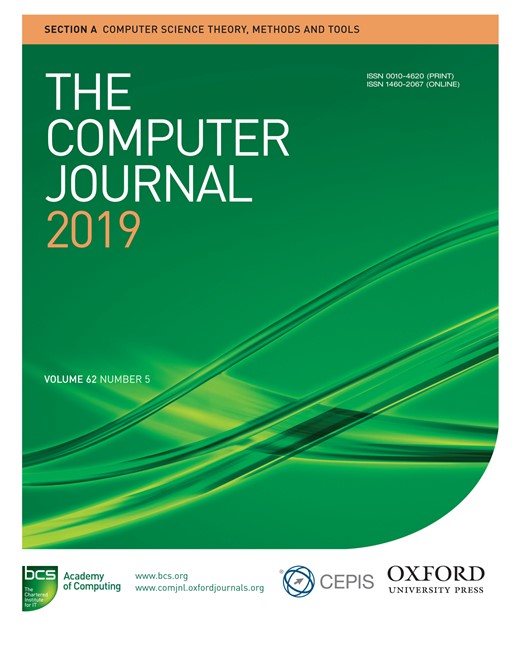-
Views
-
Cite
Cite
Mahmoud Darwich, Mohsen Amini Salehi, Ege Beyazit, Magdy Bayoumi, Cost-Efficient Cloud-Based Video Streaming Through Measuring Hotness, The Computer Journal, Volume 62, Issue 5, May 2019, Pages 641–656, https://doi.org/10.1093/comjnl/bxy057
Close - Share Icon Share
Abstract
Video streaming providers generally have to store several formats of the same video and stream the appropriate format based on the characteristics of the viewer’s device. This approach, called pre-transcoding, incurs a significant cost to the stream providers that rely on cloud services. Furthermore, pre-transcoding proven to be inefficient due to the long-tail access pattern to video streams. To reduce the incurred cost, we propose to pre-transcode only frequently accessed videos (called hot videos) and partially pre-transcode others, depending on their hotness degree. Therefore, we need to measure video stream hotness. Accordingly, we first provide a model to measure the hotness of video streams. Then, we develop methods that operate based on the hotness measure and determine how to pre-transcode videos to minimize the cost of stream providers. The partial pre-transcoding methods operate at different granularity levels to capture different patterns in accessing videos. Particularly, one of the methods operates faster but cannot partially pre-transcode videos with the non-long-tail access pattern. Experimental results show the efficacy of our proposed methods, specifically, when a video stream repository includes a high percentage of the Frequently Accessed Video Streams and a high percentage of videos with the non-long-tail accesses pattern.




